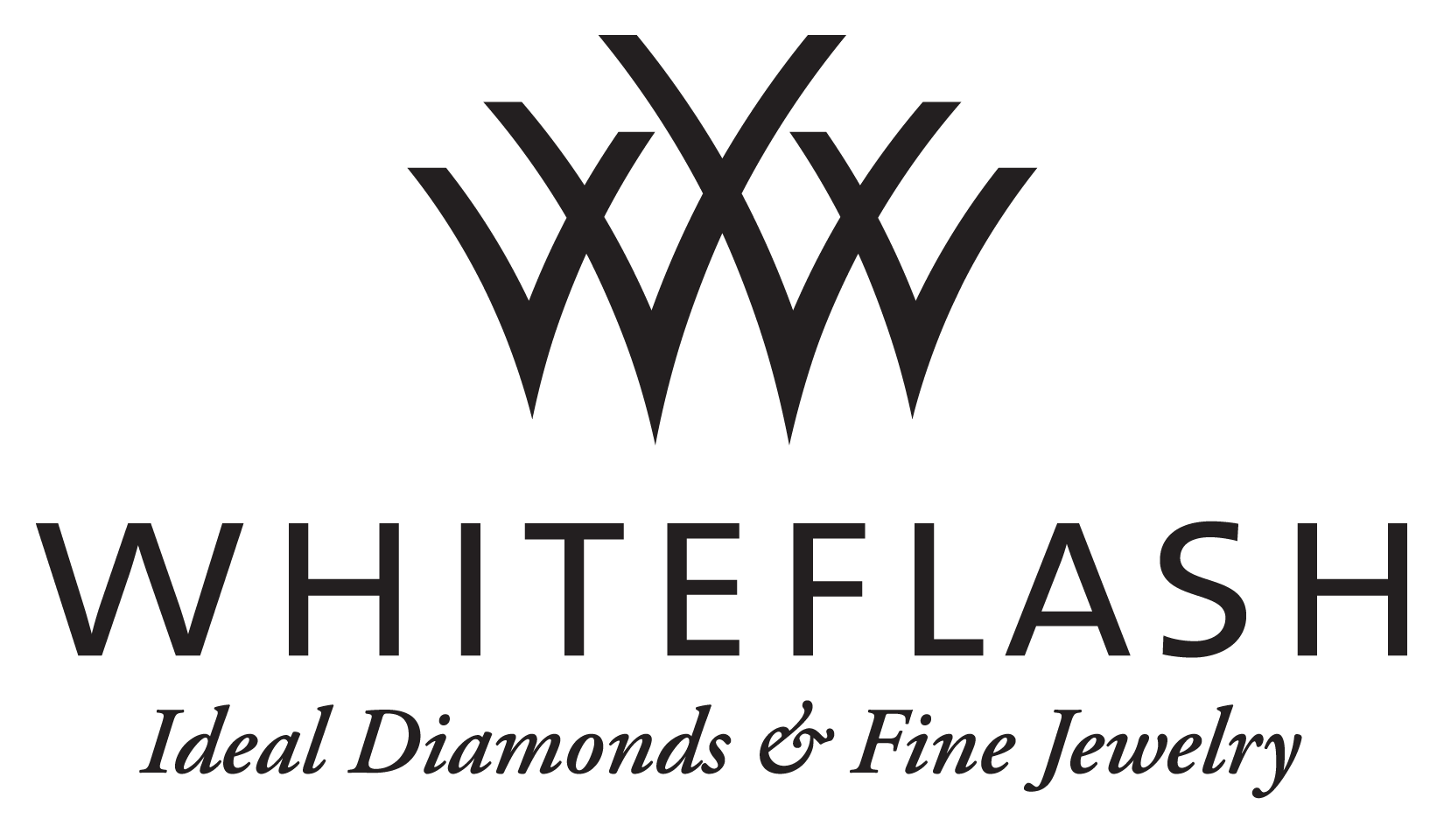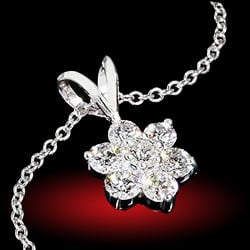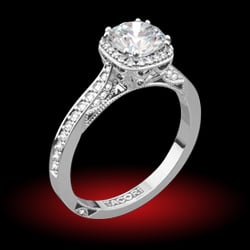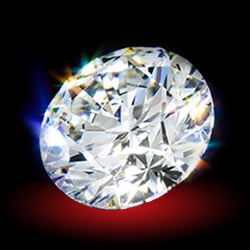Hello everyone, curious about something. A friend of mine has a round 1.03 carat light yellow green diamond graded VS1 by GIA. She showed me the GIA colored diamond report which shows Strong Blue but under a black light it shows up white, why is that? Also why did GIA not put on Strong White instead of Strong Blue. Also in regular lighting and out in direct sunlight, the diamond appears clean and clear with no signs of white or blue. It's only under a black light that the facets around the table look white and the table clear. I'm hoping to get some answers from the experts so I can put her mind to ease.
You are using an out of date browser. It may not display this or other websites correctly.
You should upgrade or use an alternative browser.
You should upgrade or use an alternative browser.
Strong Blue Fluorescence on GIA but diamond Fluorescence's white
- Thread starter sassyanme
- Start date
- Status
- Not open for further replies. Please create a new topic or request for this thread to be opened.
- Joined
- Aug 15, 2000
- Messages
- 19,235
- Joined
- Jul 27, 2009
- Messages
- 4,164
The fluorescence reaction you observe is dependent on the particulars of the device you use to stimulate the fluorescence. The fact that there are hundreds of different devices out in public use today has created a lot of consumer confusion about this diamond characteristic and the lab reports associated with them.
Unless you are using a device that produces the same standardized narrow UV wavelength the labs use to observe and report on fluorescence, the reaction you observe could vary widely in both intensity and color.
You could take the stone to a qualified gemologist who uses the GIA UV box to verify the lab report.
Unless you are using a device that produces the same standardized narrow UV wavelength the labs use to observe and report on fluorescence, the reaction you observe could vary widely in both intensity and color.
You could take the stone to a qualified gemologist who uses the GIA UV box to verify the lab report.
- Joined
- Aug 15, 2000
- Messages
- 19,235
The fluorescence reaction you observe is dependent on the particulars of the device you use to stimulate the fluorescence. The fact that there are hundreds of different devices out in public use today has created a lot of consumer confusion about this diamond characteristic and the lab reports associated with them.
Unless you are using a device that produces the same standardized narrow UV wavelength the labs use to observe and report on fluorescence, the reaction you observe could vary widely in both intensity and color.
You could take the stone to a qualified gemologist who uses the GIA UV box to verify the lab report.
Bryan I believe a cheap as cheap LED torch will help more in this case.
The black light used was a 18inch bulb that was plugged into an outlet. It was in a dark room and holding the diamond to the black light is when the diamond fluorescent white and not blue. Outside in the direct sunlight there was no blue or strong white color or haze what’s so ever. In indoor lighting the diamond appeared like any other diamond with no fluorescence. To answer the question, yes the diamond is real and not a lab created diamond. She wants to know how bad is to fluorescence white instead of blue? Thanks again for everyone’s responses.
Demon
Brilliant_Rock
- Joined
- Feb 16, 2009
- Messages
- 1,858
The black light used was a 18inch bulb that was plugged into an outlet. It was in a dark room and holding the diamond to the black light is when the diamond fluorescent white and not blue. Outside in the direct sunlight there was no blue or strong white color or haze what’s so ever. In indoor lighting the diamond appeared like any other diamond with no fluorescence. To answer the question, yes the diamond is real and not a lab created diamond. She wants to know how bad is to fluorescence white instead of blue? Thanks again for everyone’s responses.
I think the only thing bad about it would be if it changes the color of the diamond in different lighting - if it looks brown in the sun, or if there are any unappealing color shifts.
monipod
Brilliant_Rock
- Joined
- Jun 25, 2019
- Messages
- 1,041
She wants to know how bad is to fluorescence white instead of blue? Thanks again for everyone’s responses.
It think it's neither here nor there. If there's no haziness of the stone in the sun then it doesn't matter what colour the stone fluoresces. Perhaps the yellow/green is messing with the blue so it looks white? Another person was wondering why her pink/brown wasn't fluorescing strong blue (looked more orange?) as suggested in the report. Only GIA can help you as to why they assessed it as strong blue.
- Joined
- Jan 7, 2009
- Messages
- 10,479
- Status
- Not open for further replies. Please create a new topic or request for this thread to be opened.
Share:
How Are Diamonds Made? Natural vs Lab-Created Explained How Are Diamonds Made? Natural vs Lab-Created Explained - 08/05
How Are Diamonds Made? Natural vs Lab-Created Explained - 08/05

Top Wedding Ring Brands for Every Style and Budget
Top Wedding Ring Brands for Every Style and Budget - 08/05
Where to Buy Lab Grown Diamonds: Best Places Compared
Where to Buy Lab Grown Diamonds: Best Places Compared - 08/05






300x240.png)